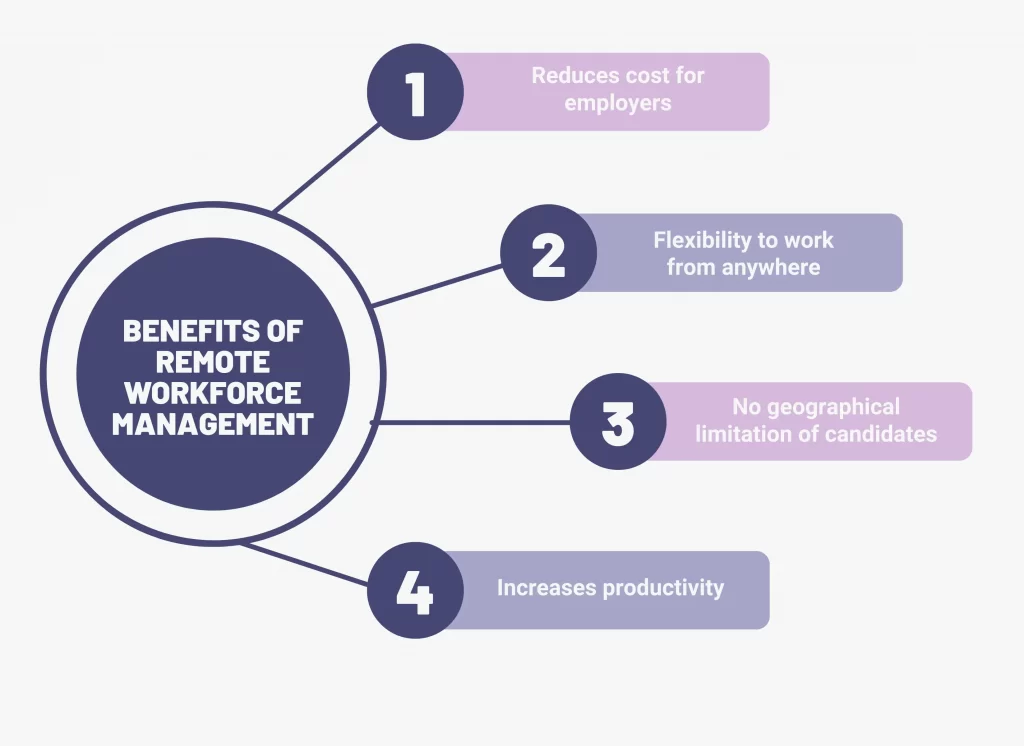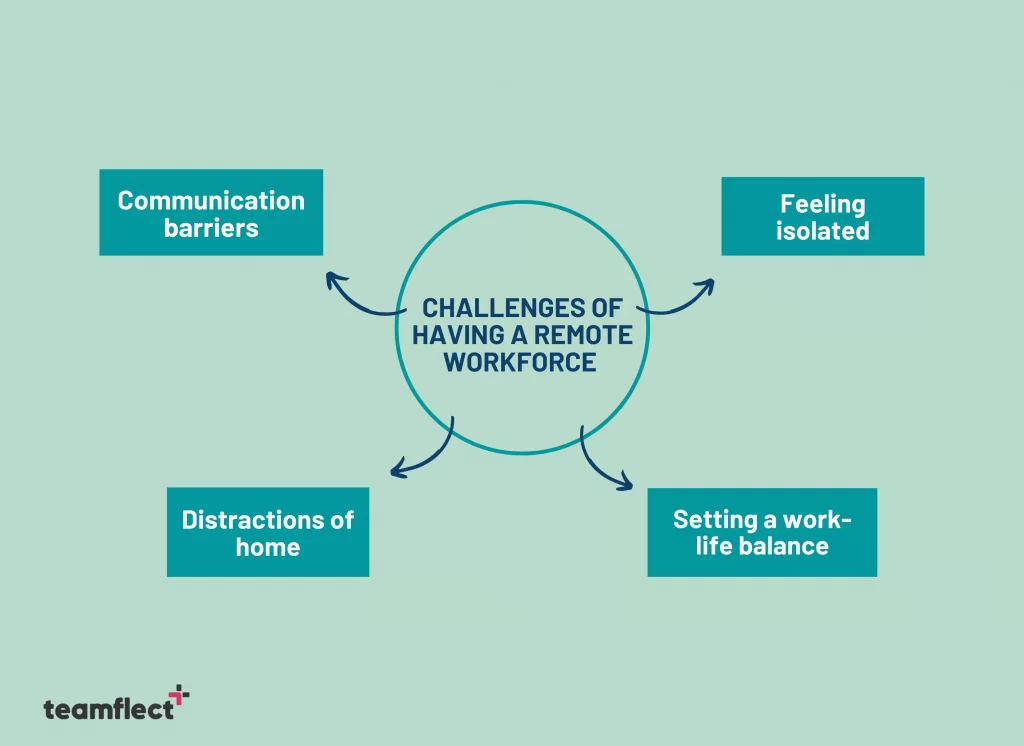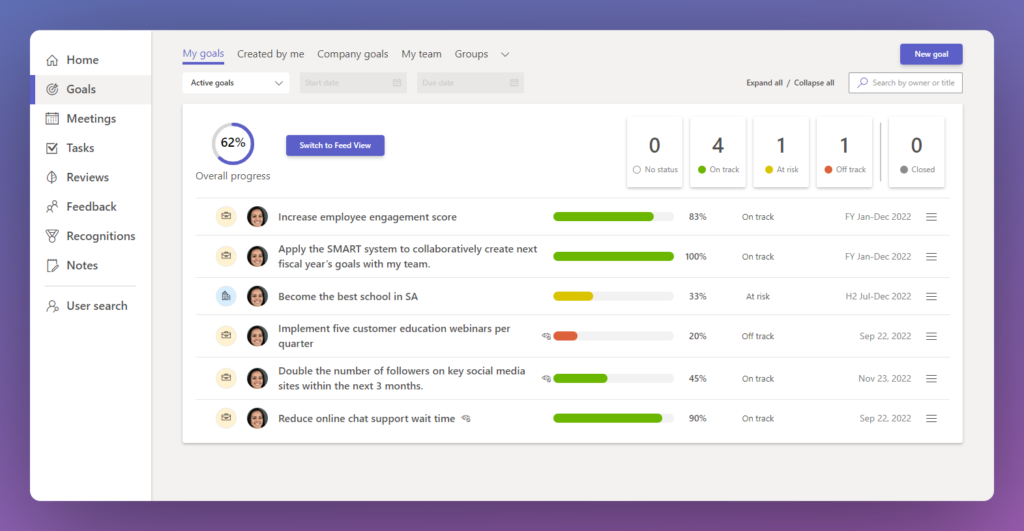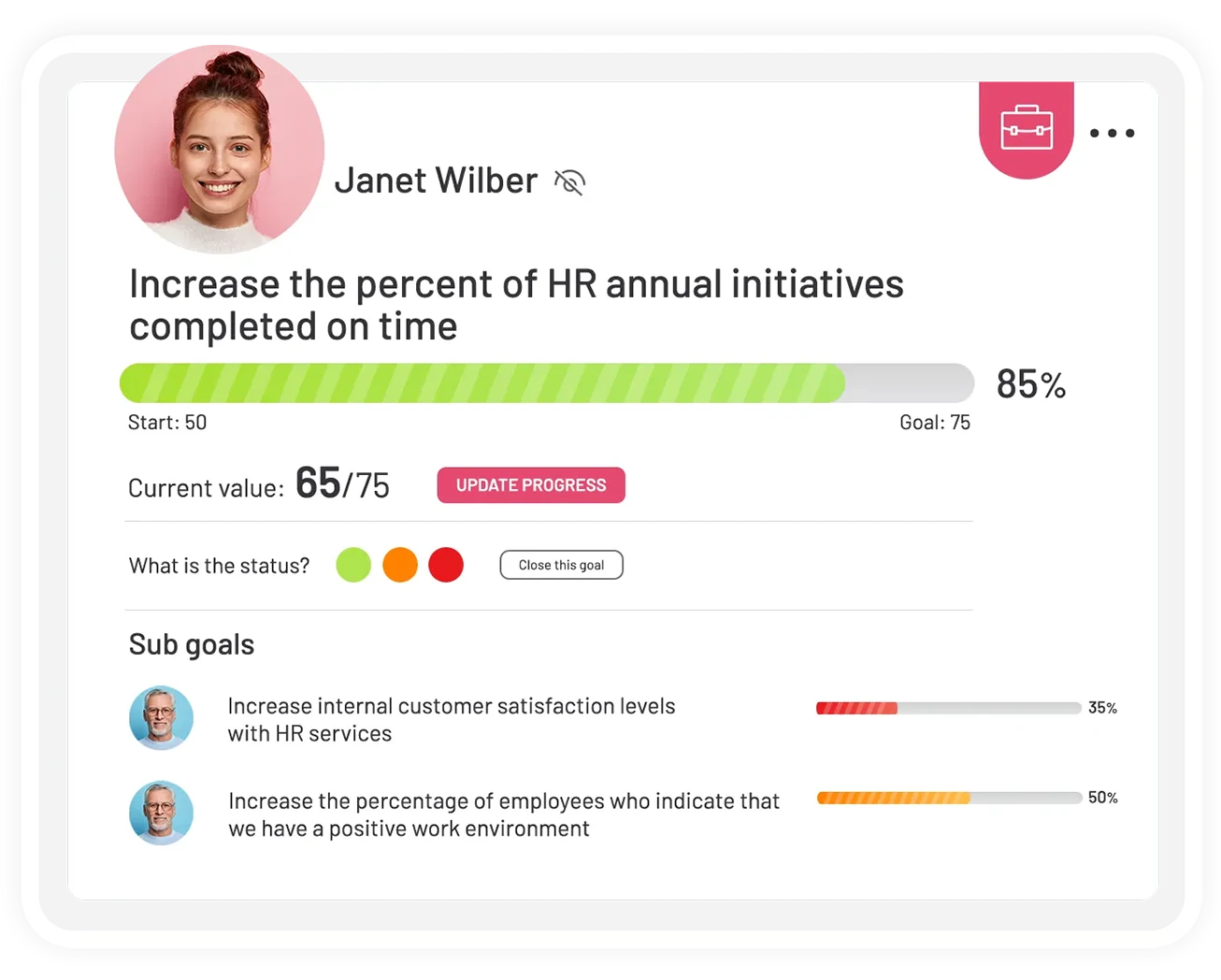Do we really need offices anymore? This question has been more prominent than ever in the past two years as the world keeps changing.
The initial answer of “Turns out; No!” evolved into a “Well… It’s complicated.” with “Remote Workforce Management” becoming a crucial skill for any executive who wishes to manage a team remotely, and successfully.
With countless companies making the switch to hybrid or fully remote models every day at a faster rate than ever before, remote workforce management as a critical business skill has risen in many checklists of what companies look for in their managers.
The confused question of “Do we need an office anymore?” has now morphed into multiple and objectively more useful questions such as “How do I manage a remote workforce?” or “Is a remote workforce more efficient?”.
We here at Teamflect would love nothing more than to contribute to the necessary discussion surrounding remote workforce management by highlighting the dos and don’ts of managing a remote workforce.
Whether you are looking for remote workforce management jobs or currently working in one, these tips will make your life easier.
Table of Contents
What is a remote workforce?
Before answering the question “What is remote workforce management?” we would like to give you an answer to its prerequisite which is the definition of a remote workforce.
A remote workforce, also known as a remote team or virtual workforce, refers to a group of employees who work from locations outside of a traditional office setting.
Instead of commuting to a physical workplace, remote workers perform their job duties from various remote locations, such as their homes, co-working spaces, coffee shops, or any place with an internet connection.
What is remote workforce management?
Remote workforce management, also known as remote team management or virtual team management, is the process of overseeing and leading a group of employees who work from remote or off-site locations.
In remote workforce management you need to implement various strategies, practices, and tools aimed at your remote workers to be productive, engaged, and aligned with your organization’s goals while working from different locations.
Benefits of Remote Workforce Management
Effective remote workforce management has several benefits for both organizations and employees. Having these benefits of remote workforce management contribute to increased productivity, job satisfaction, and the overall success of remote work arrangements.
1. Reduces cost for employers
Having a remote workforce reduces the cost of having an office, and compensating the transportation expenses of your employees.
Don’t believe us? Check out this statistics from Forbes: study shows that organizations can save nearly $11,000 per employee after switching to remote work!
2. You can work from anywhere
This might be the most obvious benefit of them all but when working remotely, you can -almost- work from anywhere from a coastal home to the warmth of your own house.
The only problem is you can work from anywhere if you have a decent Internet connection and the permission of your boss!

3. No geographical limitation in the candidate pool
Sometimes we just want to post a job listing globally, just to get that perfect candidate for our organization. But when working in an office setting, this isn’t possible.
What’s possible is doing this with a remote workforce! When working remotely, you can hire anyone from any part of the world just for their expertise.
4. Increases productivity
Remote workers are statistically proven to be 13% more productive and almost 95% of employees said that their productivity levels are the same or higher when working remotely.
We all like to have the freedom to choose where and how we work from time to time, and your employees will certainly feel more productive having an opportunity to work from home.
Challenges of Remote Workforce Management
As you can imagine, most of the challenges of remote workforce management comes from the lack of good old face-to-face interaction. But can you really replace that human interaction and overcome these challenges?
1. Barriers of communication
If there is one category that you can’t replace face-to-face interaction with, it’s communication. Although we have thousands of collaboration tools to choose from, having a video call does not always cut the chase.
Also, you can’t always talk via video call when working remotely, so that removes the seeing the gestures and facial expressions from communication, which can cause misunderstandings.
2. Feelings of isolation and loneliness
Working from home can definitely come with the burden of feeling isolated and alone. We know some people like the autonomy and flexibility of working remotely and we couldn’t agree more!
But others can feel the need to be more connected and available, and remote work makes it harder to feel as a team.

3. Distractions of home
We love working from home, but it can certainly be distracting! With the combination of your needy dog, noisy neighbours and busy street, it wouldn’t be a surprise to become distracted.
Not everyone can afford to have an home office and that just adds more to the table. If you don’t have a designated working space, remote jobs can become a hassle.
4. Work-life balance at stake
Although some people say that working remotely has given them an opportunity to boost their work-life balance, it’s easy to get carried away and work more when you’re at home.
The Do’s Of Remote Workforce Management
1- Do your homework on remote workforce management best practices
While the discussion surrounding remote workforce management might be relatively new, the amount of data and literature on the subject is still astonishing.
There is an incredible amount of helpful software with insightful blogs attached to them that could easily help one navigate these semi-uncharted waters.
2- Do weekly manager-employee check-in meetings
Setting tasks and letting the employees of a remote workforce handle them at their own pace definitely encourages some key values such as taking initiative and ownership.
However, keeping the communication lines open and having weekly check-ins whether they are one-on-one meetings or all-hands meetings is a must when it comes to remote workforce management.
Working in a remote model brings with it the potential problems of isolation and miscommunication. If managers don’t check in with their team members on a weekly basis, deviation from tasks are almost surely inevitable.
3- Do invest in a remote workforce management tool
There are multiple incredible software that allow remote teams to communicate with each other such as Microsoft Teams, Zoom, or even Discord. Communication, however, isn’t the only issue.
No employee can be expected to have the workflow setup and organization tools that a regular office has in their homes. For that reason, having access to performance management software such as Teamflect, or Asana is absolutely critical.
With performance management software, employees and managers can easily manage their OKRs, keep track of meetings, and goals, and customize their remote workflow any way they see fit.
4- Do set clear, challenging, and cross-department goals
Having clarity in the goals that are set for a remote workforce is key in keeping them engaged and avoiding miscommunications.
Feeling isolated and disconnected from the rest of the team is a potential issue that arises for people working in remote models so setting challenging and common goals that encourage cross-department interaction are essential.

After all, one of the key aspects of remote workforce management is the ability to maintain a sense of ownership in one’s team.



